The Megapixel Monsters: Canon 5Ds vs Sony A7RII
Several weeks ago I rented the Canon 5Ds and the Sony a7RII with the Zeiss 16-35. I will say that I was extremely impressed with the Sony and much less flattered by what Canon has given us in the last year.
While both cameras perform well, the Sony seems to have a bit more to offer in a much smaller package. Before taking a look at this review or Canon 5Ds vs Sony A7RII battle, I want you to know that these are just cameras. A camera will not make you a better photographer or artist, they are simply tools to get the job done.
I was shocked by how well the a7RII performed, but that doesn’t necessarily mean it is better than the 5Ds. Both cameras are designed for specific photographers. The Sony a7RII seems to target the masses the bulk of the photographers on the market looking for a full frame mirrorless camera that is well rounded for every job. The Canon 5Ds on the other hand, seems to be more for the product or studio environment photographer. You might say this comparison is like apples and oranges. If you are talking about taste and texture they are very different, but they are both fruits in the end.
Below are the Spec Sheets for both cameras along with the differences and some of the ways I controlled my experiments.
In this tutorial/battle I will put both cameras side by side in a series of field tests. Below you will find the topics as well as the minute marker you can find them in video for quick navigation:
- Camera Specifications- 01:22
- Practical Application- 06:15
- Field Test 1: Even Exposure Images- 13:25
- Field Test 2: ISO Tests- 14:21
- Field Test 3: 5 Axis Stabilization- 17:56
- Field Test 4: Dynamic Range Comparison- 18:55
- Reports and Research: 20:29
- Blake’s Final Thoughts: 25:48
Like the style of this tutorial? You will LOVE HDR Insider! Full-Length HDR Workflows, Critiques & More!
[hcshort id=”9″]

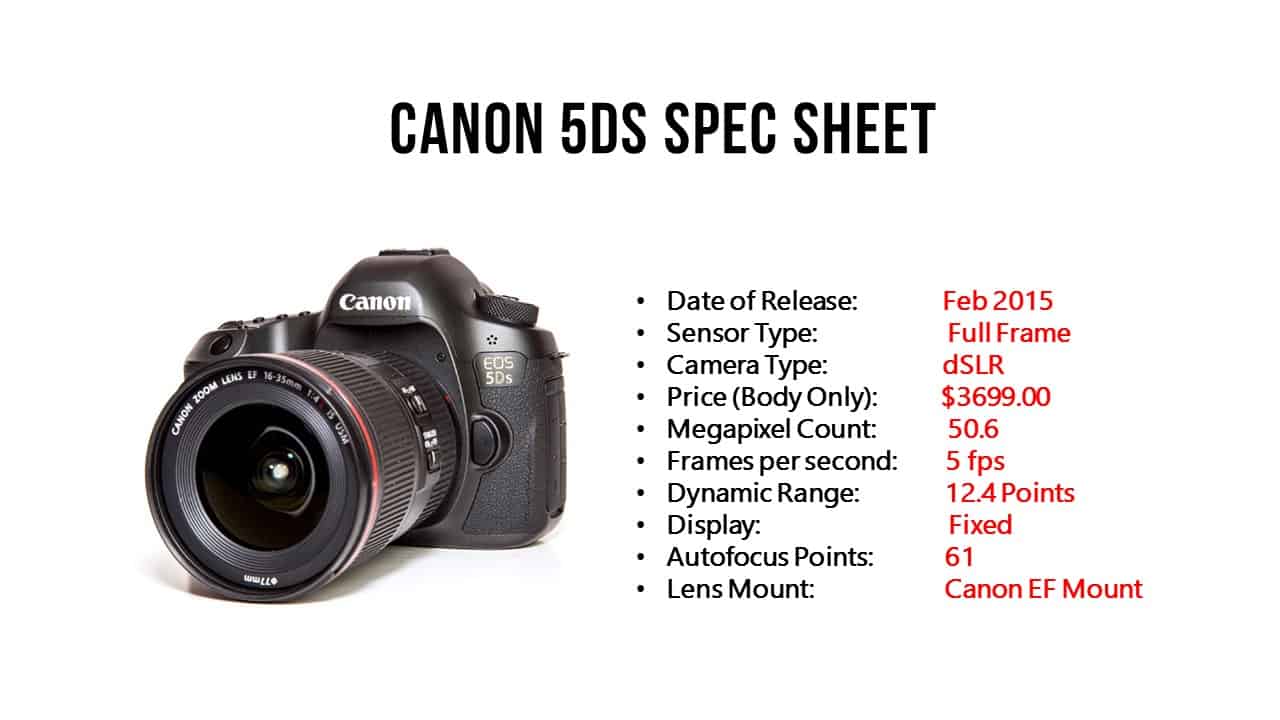
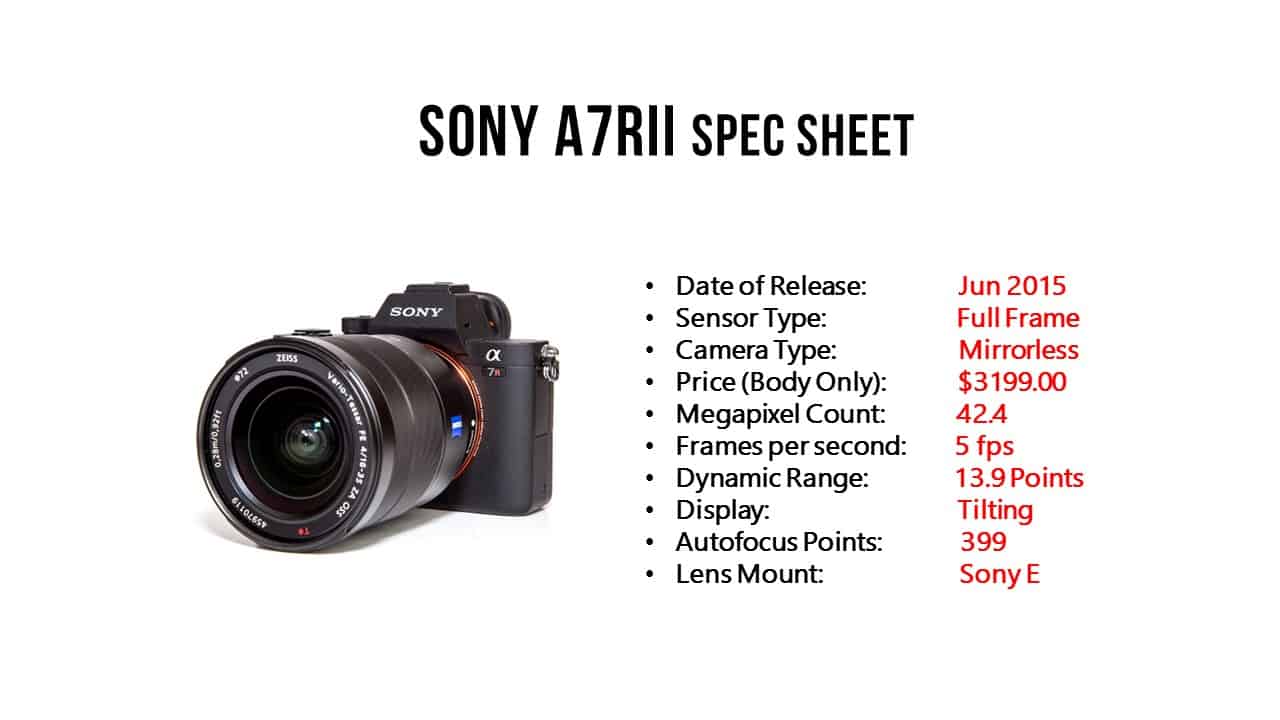
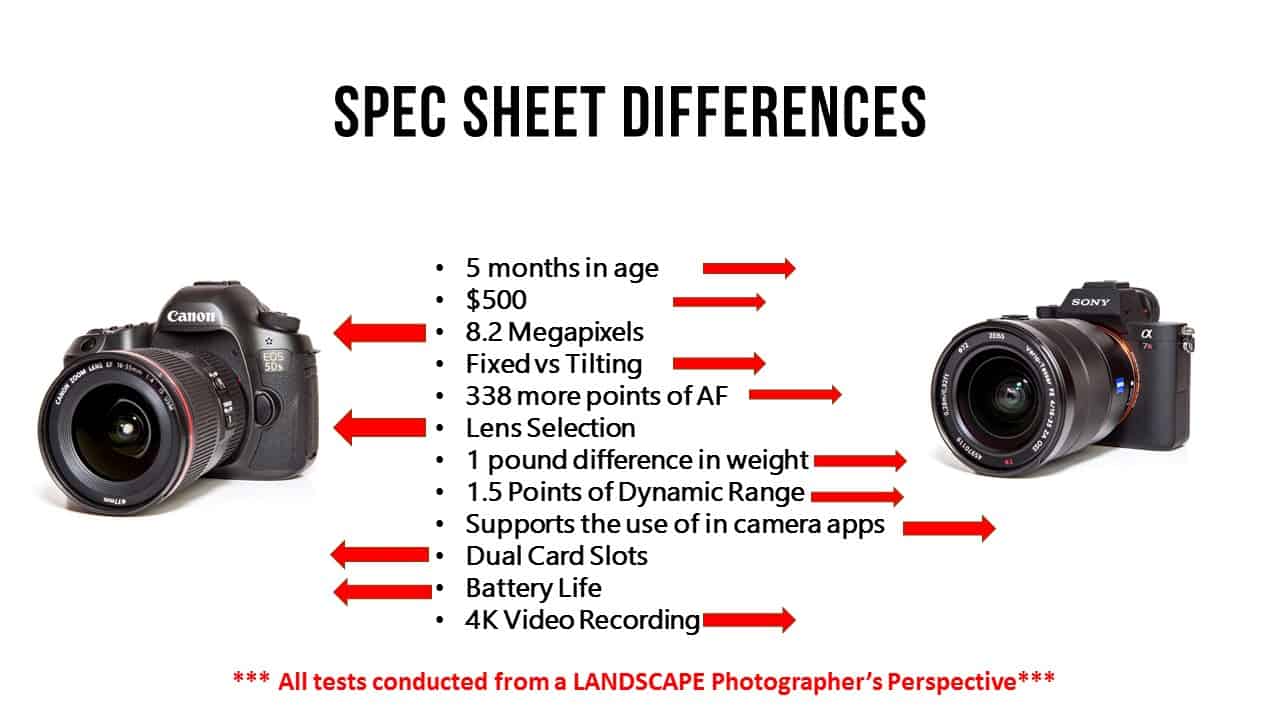
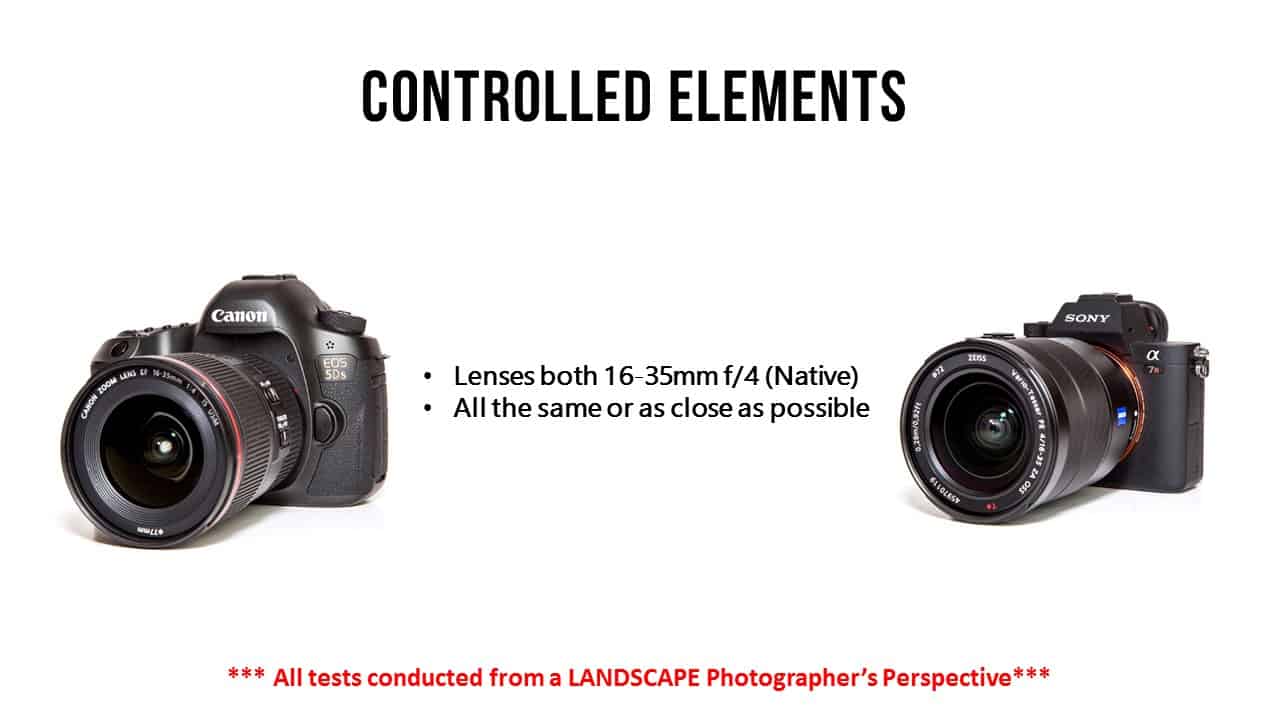
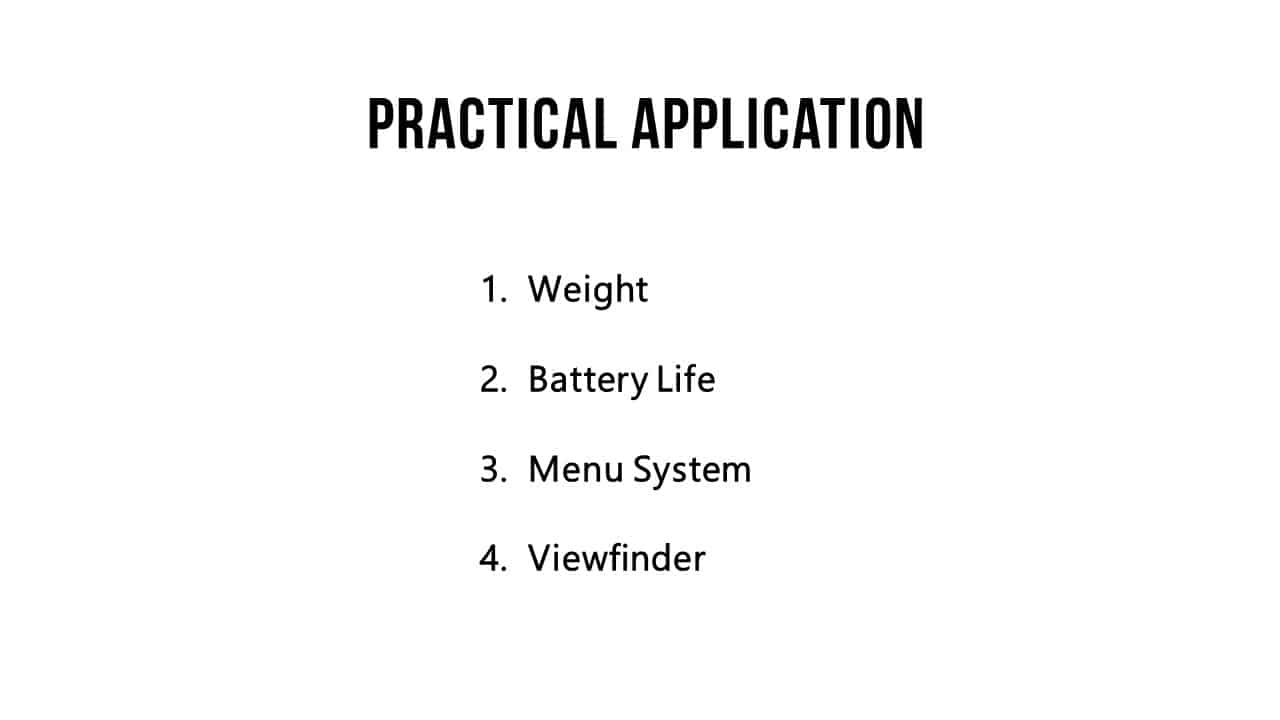
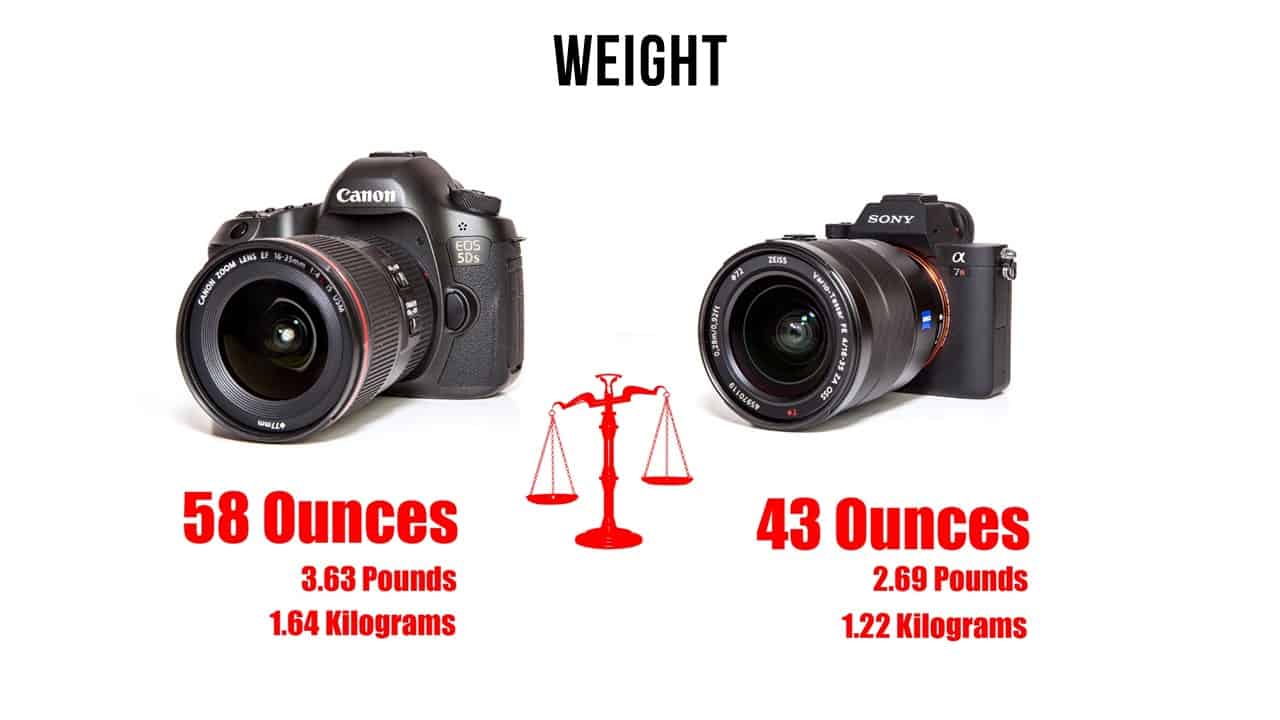
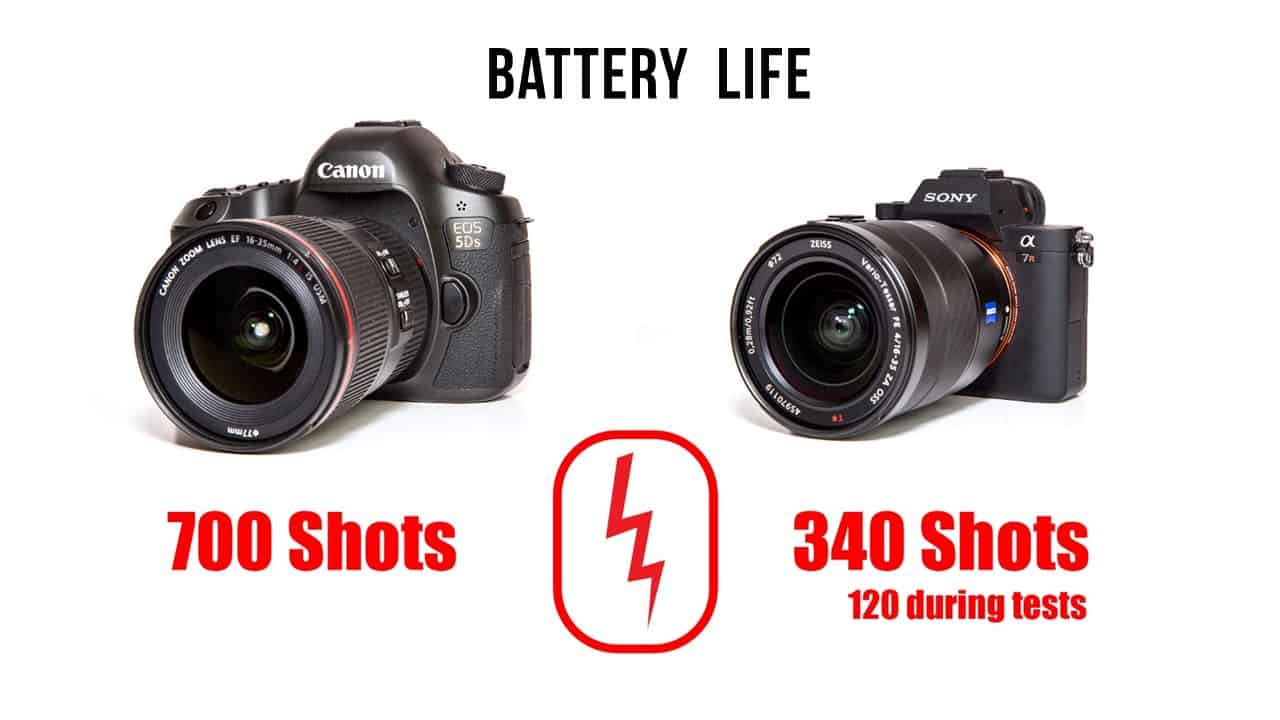

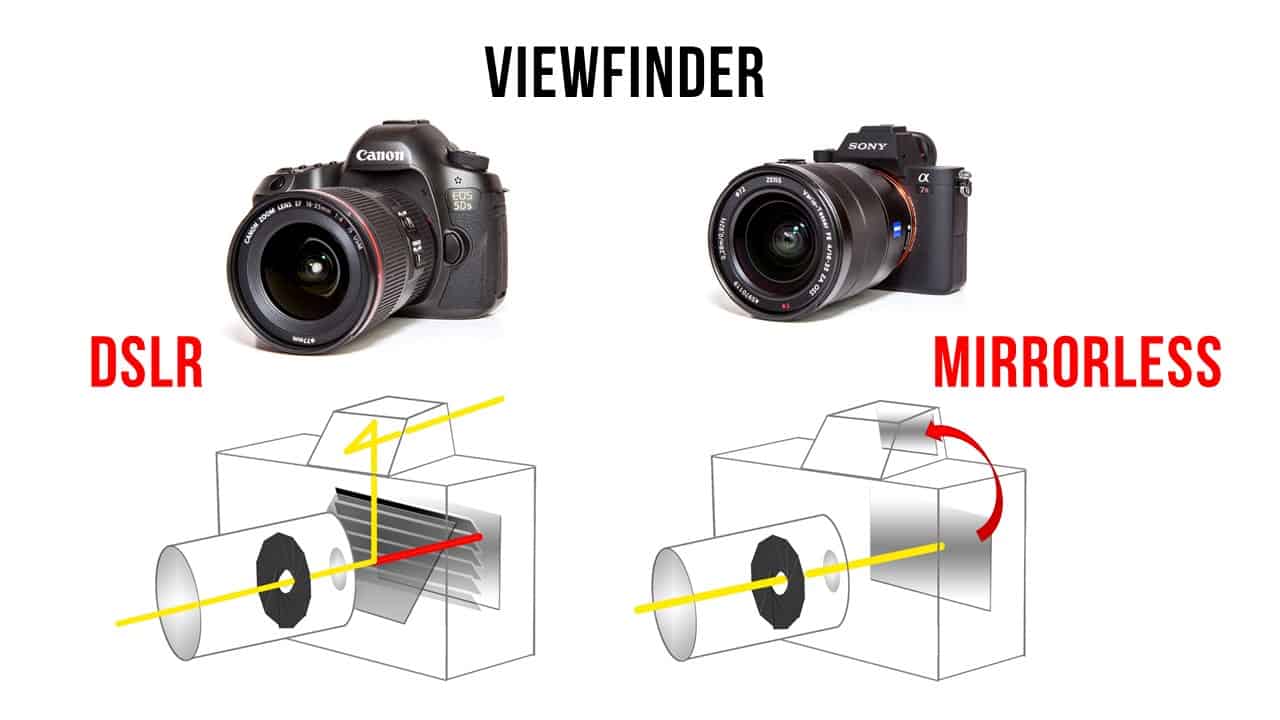
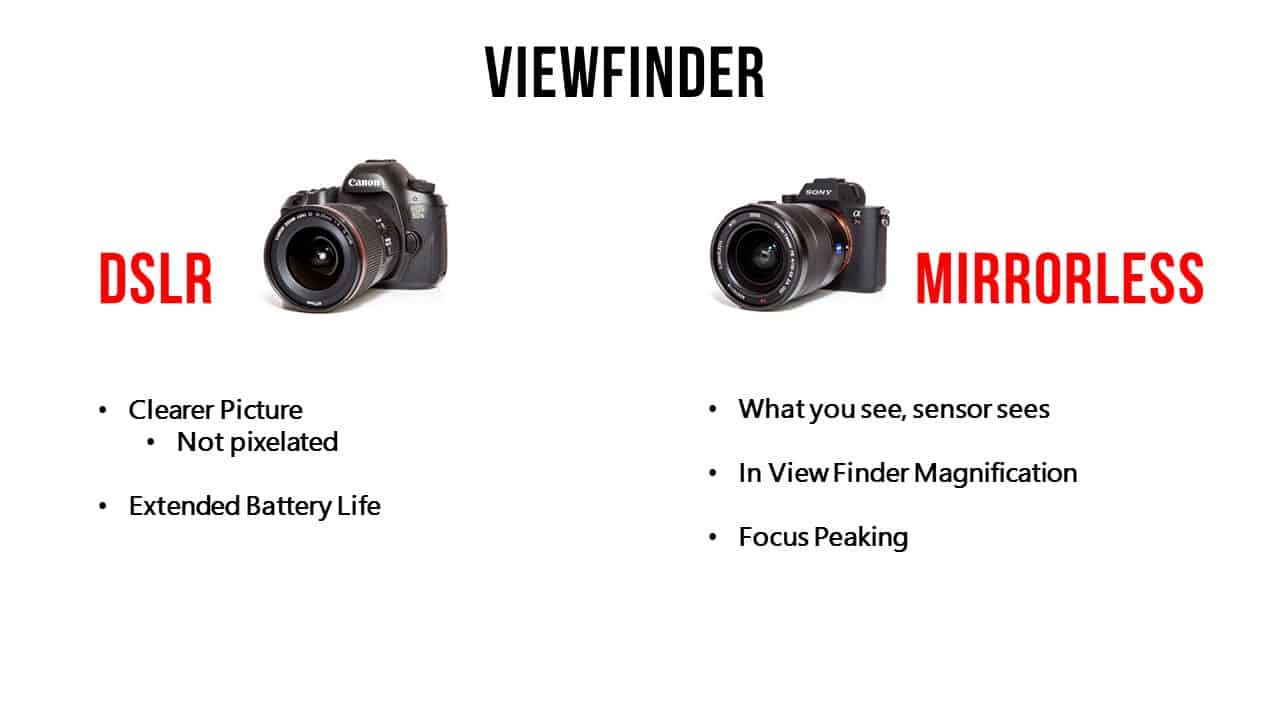









I switched from Nikon D800 to a Sony a7II for all my landscape, astro, street, pretty much anything that does not involve a long lens. I still have a D7200 and long lenses for birding and wildlife. For landscape, I love the live view, tilting screen, no mirror flap, image quality, a lot of things you spoke about in your video. Good luck with your decision if you choose to make a change, not an easy one for sure.
Thanks and your insight means a lot. I may be switching for Landscape purposes only. I will more than likely keep the Canon for portraiture and Macro because I have some awesome gear in those departments that do not stack up with the Sony as far as compatibility between the systems. I am torn, not sure if it is worth the investment just yet. Maybe another round of Sony iterations, they tend to be on a 6-8 month cycle. Something new soon?
Very good Blake! You are getting much better. Exellent comparison. I agree with you on every point.
Thanks! That means a lot. I tried to make this one more concise than the a6000 one after the rash of crap I got on the YouTube channel 🙂
I have a Sony a77, my wife a Nex-6 so I can definitely feel the weight difference. We are both 65 so the weight of my camera plus larger lenses definitely becoming an issue when we are out on vacation shooting all day. I too am struggling with the idea of ditching the a77 dslr and buying the a7II mirrorless. Both have an EVF and love it, so much better than the old optical viewfinder. Not a pro so can not justify the higher models but would like to get a full frame vs my present C sensor. Would of course buy the smaller/lighter lenses. the big item holding me back right now is I shoot with a Tamron F2.8 17-50mm which crops up 1.5X. Also have an old Minolta f1.8 50mm and a Minolta 75-300mm 4.5-5.6 so not only the camera cost but want the lighter lens and one as fast as my Tamrown. Right now the Zeiss equivalent is only f4. For me, that is a big difference from the F2.8 and the big item holding me back from making the switch as the Tamron probably used for 95% of my shots.I like the fast F2.8 for indoors as do not need a flash and can keep my ISO down usually to no more than 800, 1600 max.
It’s a tough call that I do know. I would like the EVF for many reasons, but I still love that optical viewfinder for setting up a crisp frame. The EVF’s are just a bit too pixelated and can be very hard to see in bright lighting conditions whether on the back of the screen or in the viewfinder.
It is tough when you have invested so much into one system that you feel obligated to stat due to what you will be missing out on if you switch.
Great unbiased video Blake. Agree with everything you said. Its well known now that i dumped Nikon for Sony, especially after you putting me onto the A6000 Beast. As far as battery life goes, i bought a not to expensive battery grip for my A7R which handles my landscape shooting sessions. And now, as you know we both have installed battery grips on our trusty A6000s. As for the menu system, i have mastered it finally, what i love is that my HDR settings are stored in camera and I just turn the dial to the memory setting and its good to go instantly. I have never had any regrets going to Sony mirrorless, as I have stated in you HDR site, the pleasant surprise of recently doing a flight O/S and having my carry on ( A6000, A7R, Rx100 and 9 lenses) under the carry on weight was a bonus. Well done mate
I do like the stored settings on the camera, the Canon has that and it is a true life saver. One thing I failed to mention is just how many saved settings you can have on the Sony, quite a bit more than Canon. I liked that, my Canon has 2 so I save one for night stuff and one for HDR go-to settings.
Thanks for the added thoughts, I totally forgot about that. If I would have put in all the stuff I missed this would have been a 2 hour video!
Blake, great video – Did you by any chance have a chance to look at diffraction with both cameras? What is the max aperture you can select before you get softness in your images. This high megapixel count would be a deal breaker for me if I did not get a decent depth of field. I know I can do focus stacking, but this would mean one more step in my workflow
Luc
Thanks, Luc. I didn’t get a chance to look at diffraction, the thought didn’t even cross my mind. I was so concerned with Dynamic Range and the overall feel of the cameras that I missed quite a bit. Next time I am going to rent the cameras for 7 days or so. 4 days just wasn’t enough.
Great video – thanks for sharing your thoughts. I’ve been following a bunch of pros as they struggle w/ the mirrorless jump. For Canon shooters I think it’s a bit easier as (I believe) the adapters for Canon lenses allow autofocus capabilities to remain whilst w/ Nikon (like I have) there is none (yet?) – that’s a huge advantage for Canon shooters: switching to (say) the Sony A7RII means that you just have to switch bodies now, buy an adapter and over time start switching lenses (or not). W/ Nikon it’s a much bigger jump – replacing a whole lens lineup is very expensive. Another point re: weight/battery-life – I’ve seen others mention that (a) the Sony weighs a lot less (1lb!) – but then (b) the batteries run out quickly, so you state you would carry extra batteries (and maybe even the battery grip). But if you do that are you not wiping out the weight issue for the most part? As you can probably guess, I’m struggling with this myself – I’m an amateur hobbyist and have been thinking of upgrading my camera body, and have been looking towards the Nikon D810 – but then the Sony A7RII started getting rave reviews. For me I think I have to wait until a better lens adapter comes out for Nikon before I can think about leaning towards mirrorless… Again, thanks much for the in-depth, thoughtful and well-done video!
I do agree, for Canon it makes sense the glass is almost compatible with all of the adapters on the market now. It does weigh a whole pound less, which is nice, but then with the battery grip and extra batteries you have some added weight. I looked at weight as being negligible at best. The Zeiss 16-35 is HEAVY! That is one solid lens and I feel most of the weight of the camera came from that lens.
I appreciate your thoughts and feedback!
Really GOOD stuff, Blake.
I switched from Nikon D7000 to a (used) Olympus E-M5.
Not sorry. I miss some features but overall, the M5 gives me more of what I want when shooting. Granted, the menu system was set up by the riddler, but once I identified what I cared about I set out to remember where it is.
Of course, I cuss loud and often! but hey… it’s technology and I’m an IT guy 🙂
Thanks! I hear a lot of great stuff about Olympus. I ditched my Oly E-30 a few years ago. I knew that camera so well! However, I do not regret going to Canon, but now I’m enticed by the Sony Mirrorless. I am looking at things really hard and thinking I may just need to hold out for the next Sony iteration.
I bought a Sony RX10 with a T* 2.8 build in zoom and the F43M flash.
The camera do a lot of dancing to focus and the flash hot shoe attachment is no good. The flash keep coming out of the camera shoe. The Sony customer service is the worst in the world. Now I being in this business for 45 long years. I have always used Nikon been my first one the Nikon F.
I’am looking very close at the new Nikon D-5 and the D500 if I’am going to buy a new camera will be one of those. Sony cameras are proprietary and any thing goes wrong you have no one to turn to because their customer service is non existence . if any one wants to jump to Sony consider the above if you don’t you are in for a long frustrating ride. Remember this Nikon like Canon is a system.
Years ago I was on assignment in Puerto Rico with my mentor the late Fritz Henle aka Mr. Rolliflex. My motor drive went dad on my F5 I called Nikon.They told me to ship the camera with the drive to them Express Mail. The camera was back on my hands in 24 hrs. Now that is service.
Do you think that Sony would do that? Not in a life time.
Blake, great video.
Wow 45 years, that’s a long time! I will admit I have only been for 16 years now, however, in that time I have never had to deal with either Olympus, Canon or Sony customer service. I cannot speak on any of their behalf, however, I have heard horror stories about Sony CS. That is a big issue, one of the things I eluded to at the end, it is difficult for me to switch because Canon is such a trusted brand. Sure they may be off on the cameras and probably third (if that) on innovation.
Thanks for your added input, 45 years of wisdom is good to have around here!
Well done, Blake. I switched from Canon 1D series and 5D series in 2012 to Olympus OM-D, primarily for the ability to save weight and preserve weather sealing qualities, also knowing the Olympus lens lineup was outstanding and comparable in sharpness to the Canon pro lenses I used. If I were just making that switch today, it would likely be a little more complicated due to the metabones adapters and Sony’s A7 system. I think for the money, and my need to hike distances where weight is critical, the m43 system still appeals.
I wonder if the noise differences in Canon and Sony are connected to the dynamic range just a bit. Preserving dynamic range at high ISO with lots of megapixels requires some amazing work in sensor tech.
Frankly, the in body image stabilization was not my main focus at the time I switched, even though Olympus was being given a lot of attention for the 5-axis system and it is really amazing. It’s just that for 75% of my shooting, I’m either on a tripod, or I’m shooting moving subjects and wildlife at high shutter speeds that negate the need for an optical stabilizations system. However, indirectly, it’s a nice thing to not have to worry about when you do need it, plus it can help reduce size, bulk, weight, and complexity in the zoom lenses and also can also allow much better results with video when you want to do that.
AS for menu systems, I do like the Canon menus. I’ve become quite familiar with the Olympus system and it’s not terrible. I’ve used the Sony A6000 and A7R and A7R II and I think I remembered that those quick menus you mentioned are actually customizable. I could be wrong, but I was thinking it’s possible to configure what you want to have on those and in what order so you can pretty much get quick access to the settings that matter most to you. But I could be wrong about that.
Having used the 35mm equivalent sensors on the 1Dx/5D bodies, sometime I do miss that sensor size for some things I do, but I think the direction of technology still continues to favor the compactness in body/lens combinations. My guess is the few limitations in electronic view finders will all but disappear in another two or three years. Having recently played with a Panasonic GH4 for a video project, I’m pretty happy with the output from m43, as most of my gallery prints up to 60″ wide have been very well received by the clients, but the bigger sensor would give more cropping leeway as well as make it less work to generate some of the larger panoramas.
I wonder how the Sony sensor is for dust acquisition. A friend of mine has the A7RII and is a little surprised how often it needs cleaning when his 5DmkIII hardly ever has any problems. With four OM-D bodies in the past three years shooting thousands of images per month I have yet to use the dust spot removal in post. Surprising, really, with the number of lens changes I routinely go through and the fact it’s mostly outside in relatively windy environments of the plains, mountains and desert.
Excellent video. Just wanted to mention that I have found that Lightroom has problem properly rendering Sony files. That explains your findings of coarser grain structure. That is why I use Capture One to process Sony files as it does a much better job and you won’t see what you see in Lightroom. Just wanted to mention that.
Sweet! Is that the same for adobe camera raw?
Hi Blake- guess this is a little late but I just saw your video. I switched from my D810 to Sony A7rII in February and used the new camera when I was on a six week trip to Arizona in March/April. It wasn’t a photo trip so I didn’t spend that much time taking photos but I did take the camera out on afternoon hikes and one all day hike and used it quite a bit. I’m surprised that you could only get 120 shots as I got way more- never needed to switch batteries ever during any of my shoots. I did turn off wi-fi though and I did turn off the camera after taking photos. I switched for weight reasons and I found live view to be really terrible on the 810. I also liked the idea of the electronic viewfinder-I figured that I would need to take a lot fewer photos since I knew what the exposure would be before taking the photo. I never need to go into the menu system except for formatting the card since I use all of the custom buttons to set up the camera the way I want it. I don’t know about camera service yet (I’m in Canada) because I haven’t had any issues. When I used my Nikon I was at Nikon pretty much 2-3 times a year because of all of the problems with the Nikon cameras. Sometimes I would take the camera in for an issue and they would fix it for other things that I didn’t even know were wrong. I always took two cameras with me on trips and pretty much every time, one of the Nikon’s would stop working. I still kept my D750 and some lenses just in case I want to go back some day but I haven’t used the Nikon system once since I got the Sony. I think image quality between the D810 and Sony is very similar-that is not why I switched. I just like to be able to pick up the camera and even put a prime lens on and be able to walk around all day. I do have the 16-35 Zeiss lens and it is a bit heavy- still I’m saving about 1/3rd the weight from using the 810 and the similar lens. I do a lot of travel so the weight savings is great, not to mention that the Sony is a lot less bulky. One last thing- I picked up a Sony 6300 for backup purpose and wildlife. I just got back from the Galapagos and brought both cameras. I would use the A7R2 for landscape and I used the 6300 with the 70-300 lens for the birds. I would take both cameras with me on our outings so I never had to take the time to change the lens. I never did this with the Nikon system because that would have been too heavy for me. I never had to change the batteries that frequently- I got way more shots than the 120 you were getting but that was mostly with the 6300 as I used that camera about 90% of the time. I think that the next Sony camera which will probably come out in 2017 or 2018 will be very impressive and will have an even better viewfinder- maybe something like the Leica SL which I hear is awesome.